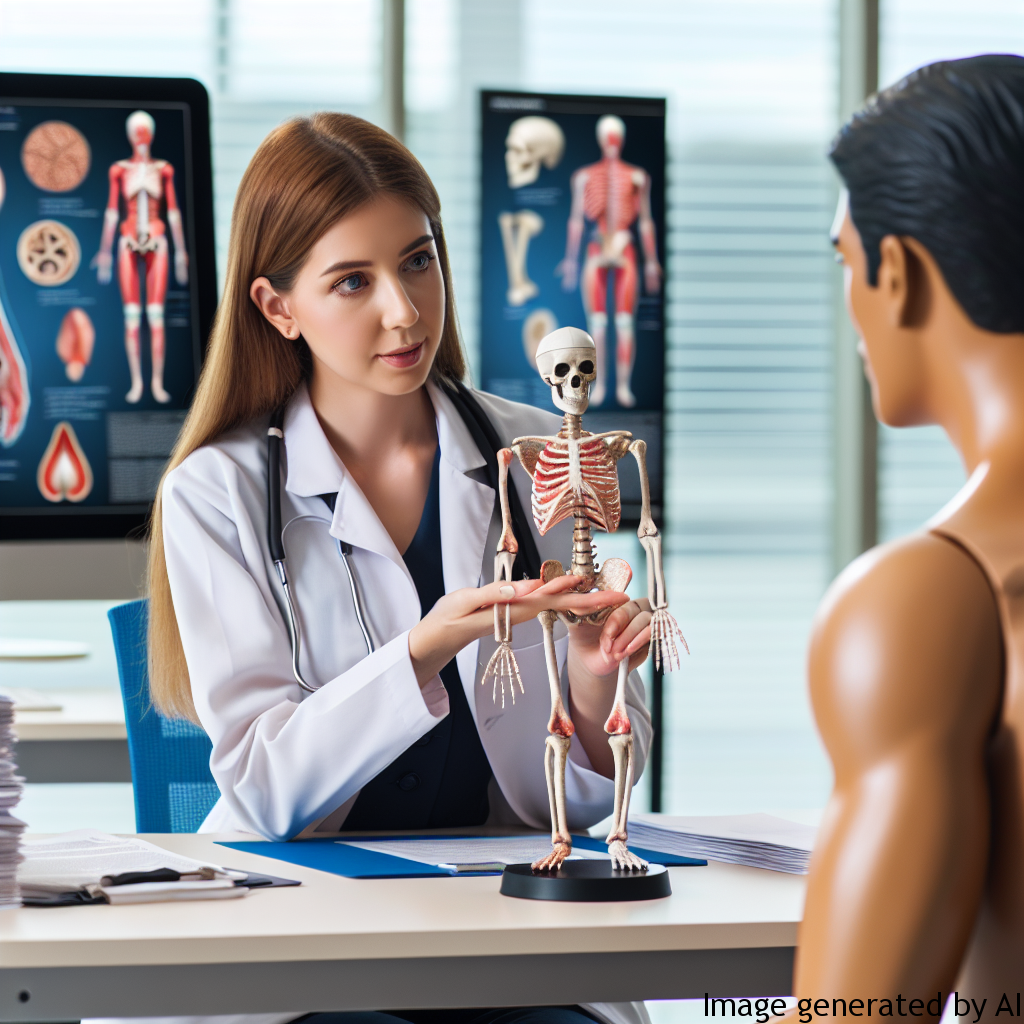Introduction
The health of our joints and bones is of ultimate importance in maintaining a mobile and active lifestyle, especially as we age. An assortment of factors, such as nutrition, exercise, genetics, hormones and preventative care, have significant roles to play. As we navigate through the journey of understanding the importance of maintaining healthy joints and bones, it is crucial to keep in mind that it is a lifelong commitment.
Importance of Gender Roles in Joint and Bone Health
Gender Roles and Bone Health
Gender roles, in many cultures, dictate the physical activities men engage in, such as carrying heavy weights or engaging in high-contact sports. While physical activity is beneficial for maintaining bone health, extreme weight-bearing tasks could potentially result in wearing out of joints leading to conditions such as osteoarthritis. The cultural expectation of masculinity can deter men from seeking medical help in a timely manner, leading to prolonged suffering or worsening the condition.
Gender Roles and Joint Health
In a similar vein, industries dominated by men often involve manual labor and strenuous physical activities that can put a toll on the joints. Over time, these could yield to joint disorders such as arthritis or tendonitis. Also, behavioral norms among men typically discourage expression of pain or discomfort, leading to delayed diagnosis and treatment.
How Gender Roles can Affect Men’s Bone and Joint Health
For instance, in societies where masculinity is associated with physical strength and toughness, men might engage more in extreme sports and heavy strength training. Such activities, while having their benefits, come with risks of injury and long-term harm to joints and bones. From another perspective, societal pressure can push men into physically demanding jobs with inadequate safety measures, leading to wear and tear, repetitive stress injury or severe accidents affecting their joints and bones.
Tips for Improving Joint and Bone Health with Consideration for Gender Roles
1. Encourage regular check-ups: To counter the perception that seeking medical help is a sign of weakness, regular health check-ups should be encouraged for early detection and treatment.
2. Promote safe work practices: Implement safety measures and promote physical well-being in work environments, especially those involving physical labor.
3. Advocate for balanced physical activities: Cultivate an understanding that physical activities should be balanced, and extreme sports and strength training should be supplemented with care for joint health such as stretching exercises.
4. Encourage a balanced diet: Men should be educated about the importance of a balanced diet that supports bone health and aids in the prevention of diseases like arthritis and osteoporosis.
Conclusion
In conclusion, the picture of joint and bone health, particularly for men, is somewhat complicated by long-standing conceptions of gender roles. It is clear though, that awareness and understanding of the potential impact of these roles can help in finding ways to ensure healthier joints and bones. The task at hand is to challenge, adapt and evolve our understanding of gender roles to facilitate healthier lifestyles and choices.

